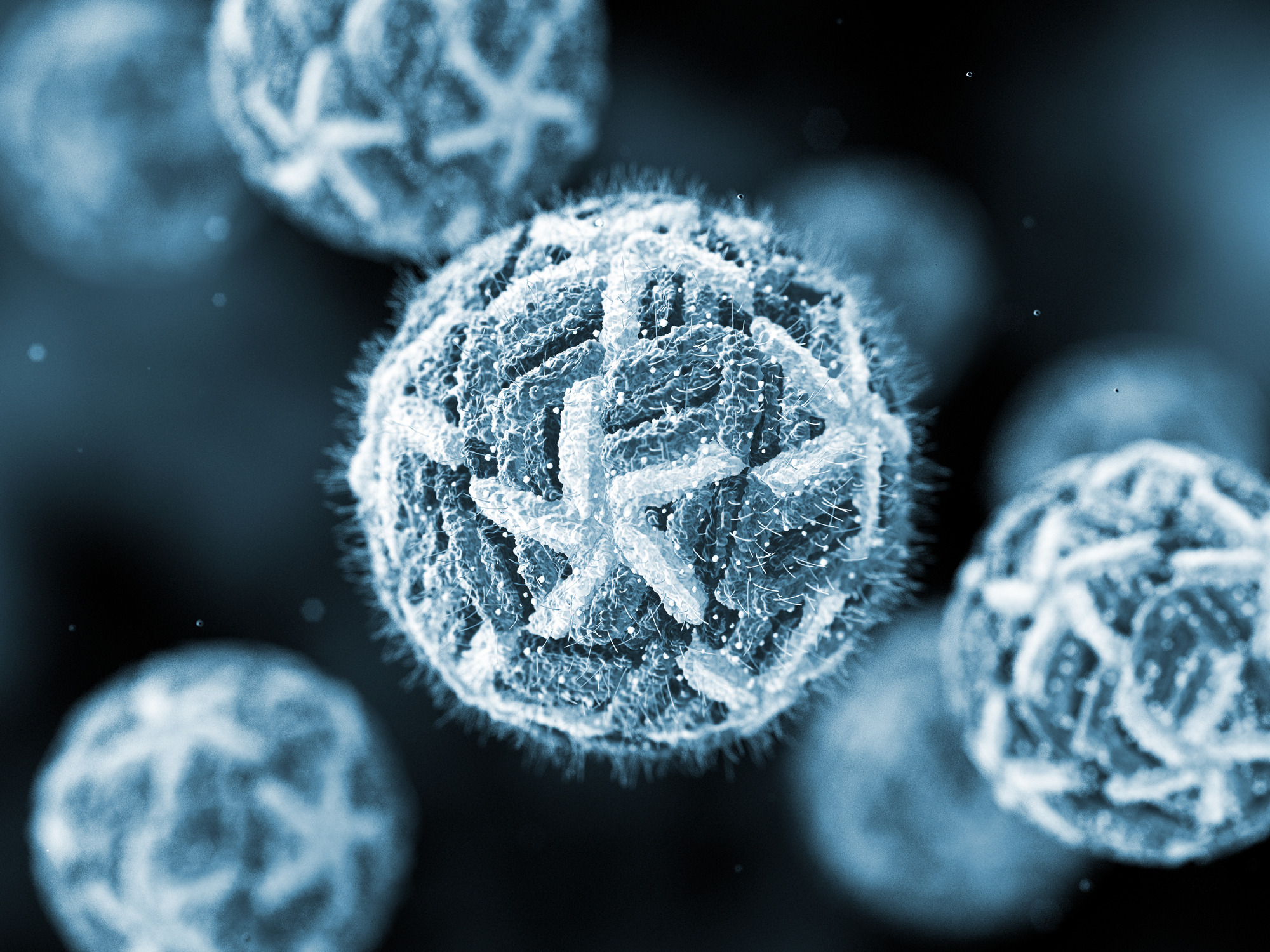
Dengue illness is caused when bitten by a mosquito infected by dengue virus, a flavivirus. The virus is transmitted by two main types of mosquitos: the Aedes aegypti and the Aedes albopictus.
There are four dengue serotypes (Type 1, 2, 3, and 4), and infection with one of the dengue viruses will provide individuals with long-term immunity from that specific dengue serotype. It is possible to become infected with dengue more than once since there are four distinct types of dengue viruses.
Dengue infection can range from asymptomatic infection to mild or severe illness. Illness usually begins with a sudden high fever at 4-7 days following infection. A red, flat rash may develop all over the body 2 to 5 days after the start of the fever. A measles-like second rash may also appear later in the disease process and skin sensitivity and discomfort are common. Additional dengue symptoms also include nausea, vomiting, fatigue, muscle and joint pain, headache mainly behind the eyes, cough, swollen lymph nodes, nasal congestion, and sore throat.
Some individuals may develop a condition known as dengue hemorrhagic fever (DHF), which is a severe and potentially fatal form of dengue. Symptoms of DHF may include stomach pain and tenderness, vomiting three or more times in 24 hours, bleeding from the gums or nose, vomiting of blood or blood in the stool or urine, fatigue, difficulty breathing, bleeding under the skin, irritability, or restlessness. These symptoms generally appear 24-48 hours after the fever has subsided.
Severe dengue is more commonly seen in individuals who are infected a second time due to a condition known as antibody-dependent enhancement (ADE). ADE in dengue occurs when antibodies present in the body of a previously infected individual bind to an infectious dengue virus from a second infection from a different serotype. Dengue ADE causes the virus to become more infectious.
Approximately 25 percent of individuals exposed to dengue will develop symptoms and most people who become sick will recover within one week. Only 5 percent of symptomatic dengue cases will develop severe illness.
The mosquitos that carry the dengue virus are most commonly found in subtropic and tropic areas such as:
- The Caribbean (U.S Virgin Islands, Puerto Rico, etc)
- Southeast Asia
- South and Central America
- Sub-Saharan Africa
- Indonesia and Northeastern Australia
Dengue epidemics are more common during warmer and wetter times of the year, and transmission is more frequently seen in urban areas that are densely populated. In the Americas, dengue outbreaks usually occur every 3 to 5 years.
IMPORTANT NOTE: NVIC encourages you to become fully informed about Dengue and the Dengue vaccine by reading all sections in the Table of Contents, which contains many links and resources such as the manufacturer product information inserts, and to speak with one or more trusted health care professionals before making a vaccination decision for yourself or your child. This information is for educational purposes only and is not intended as medical advice.

